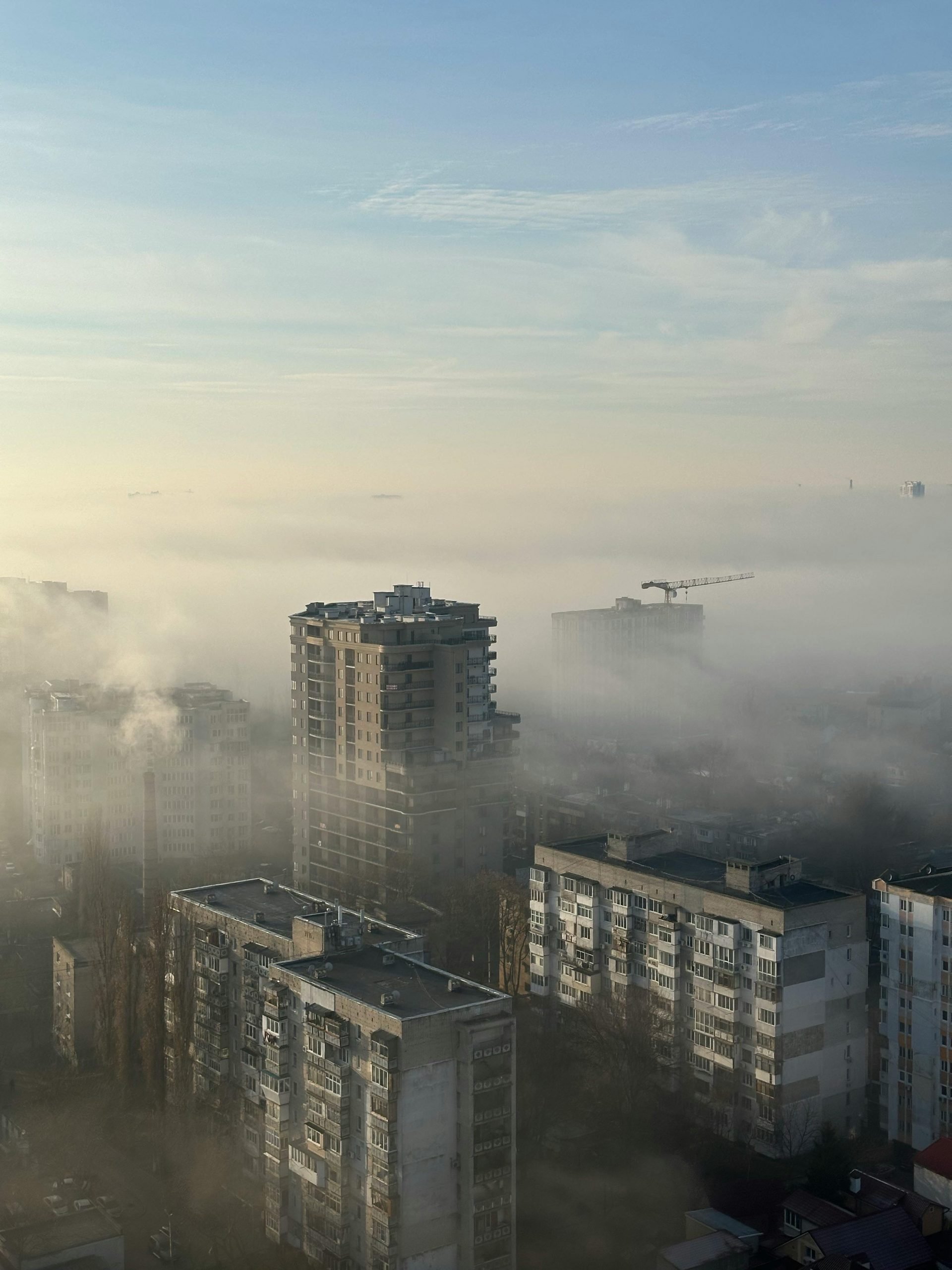When it comes to fire insurance in gated communities, many residents assume that once the RWA has purchased a policy, every flat is completely covered. But the truth is a little more nuanced.
What RWAs usually cover?
Most RWAs purchase fire insurance for the structure of the building. This is cost-efficient and easier to administer for a large housing complex. It ensures that if a fire damages the building, walls, or common areas, the repair cost is borne by the insurer.
What many residents don’t realize is that even if a fire breaks out in just one flat, the RWA’s insurance policy is still applicable. Since the policy covers the entire structure of the building, it does not matter whether the damage is limited to a single unit or spread across multiple flats; claims are admissible as long as the cause is covered under the policy.
What do flat owners need to do?
Here’s where the fine print matters. While the RWA’s policy takes care of the external structure, the walls, pillars, and common infrastructure, it usually does not extend to the contents of your home. This means that items like furniture, electronics, jewellery, appliances, and personal valuables are not covered.
Flat owners should therefore purchase a separate contents insurance policy for their homes. This acts as an extra layer of protection, ensuring that even if your personal belongings are destroyed in a fire, you won’t have to bear the loss entirely on your own. In simple terms, the RWA’s fire insurance safeguards the building you live in, while your personal contents insurance protects the life you’ve built inside your home.
Step-by-step claims process
If a fire does occur in your flat, it is important to know the process so you can act quickly and correctly.
The first step is to inform your RWA immediately, since they are the policyholder and will have to notify the insurer on your behalf. Once the insurer is informed, they appoint a surveyor to visit the site, inspect the damage, and prepare a report.
At this stage, the flat owner’s role becomes crucial. You will need to submit documents such as bills, purchase receipts, and photographs of the damaged items to help the surveyor assess the extent of your loss. After verification, the surveyor recommends a claim amount to the insurance company. The payment is then made directly to the flat owner, ensuring that the person who suffered the damage receives the financial compensation.
Must-have add-on for RWAs
While the basic fire insurance policy covers structural damage, RWAs should strongly consider opting for a specific add-on called “Rent for Alternative Accommodation.”
In the unfortunate event that a flat becomes uninhabitable due to fire or another insured peril, families may have to shift out temporarily until repairs are completed. Without this add-on, the cost of renting a temporary home falls directly on the resident. With it, however, the insurance company covers the cost of short-term rental accommodation, ensuring that residents do not face an additional financial burden on top of the loss they’ve already suffered.
This small but significant addition can make a huge difference in protecting residents’ peace of mind during times of crisis.
Key takeaways
For housing societies, fire insurance is not just about compliance; it is about protecting both the community as a whole and each individual household. Here’s a quick recap:
- RWAs should cover the structure of the building and consider adding “Rent for Alternative Accommodation” for better resident security.
- Flat owners should not rely solely on the RWA’s policy. They should take a separate contents insurance policy to safeguard their valuables and interiors.
- Both RWAs and residents should be aware of the claims process in advance, so that there is no confusion or delay in the event of an actual emergency.
Fire insurance provides a financial safety net that ensures recovery and rebuilding are possible without unbearable personal losses. By working with the RWA handling the structure and residents handling their interiors, societies can create a comprehensive protection plan for every home.


